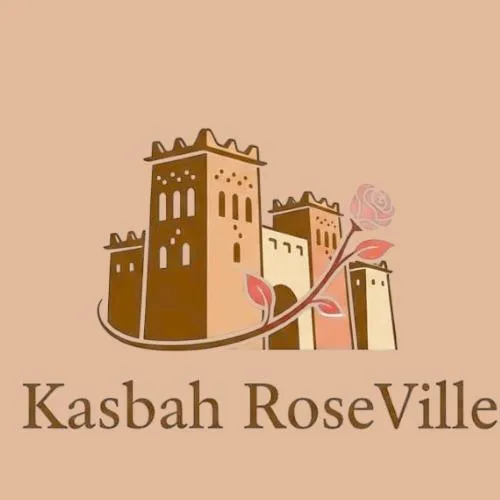Welcome to Kasbah
Roseville
Welcome to Kasbah
Roseville
Our Gallery
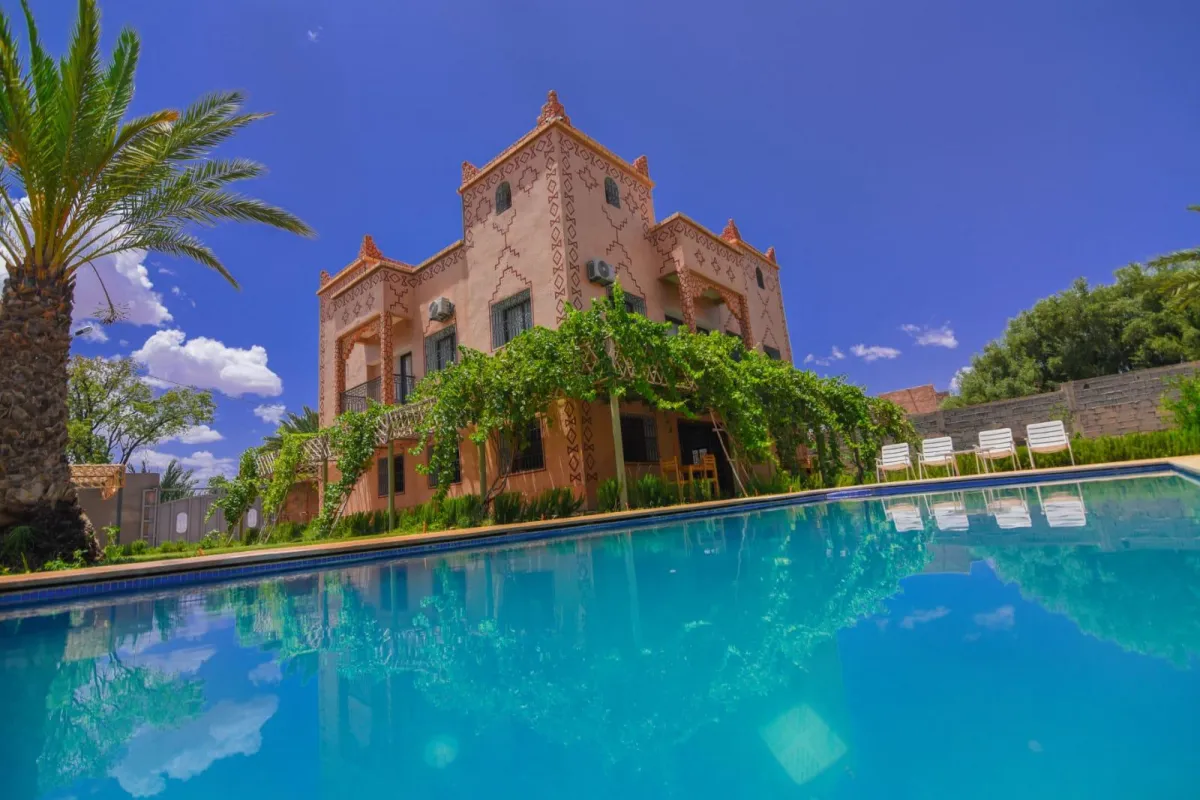
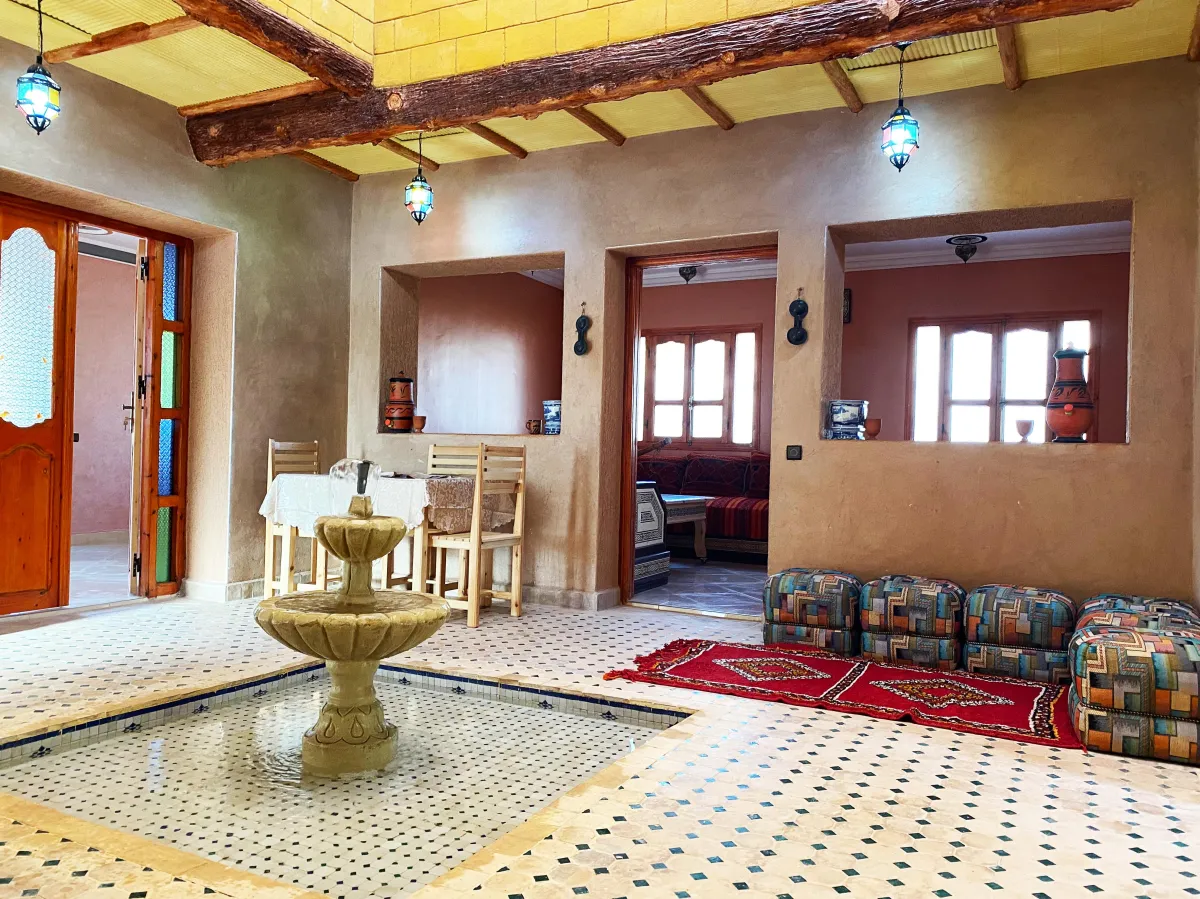
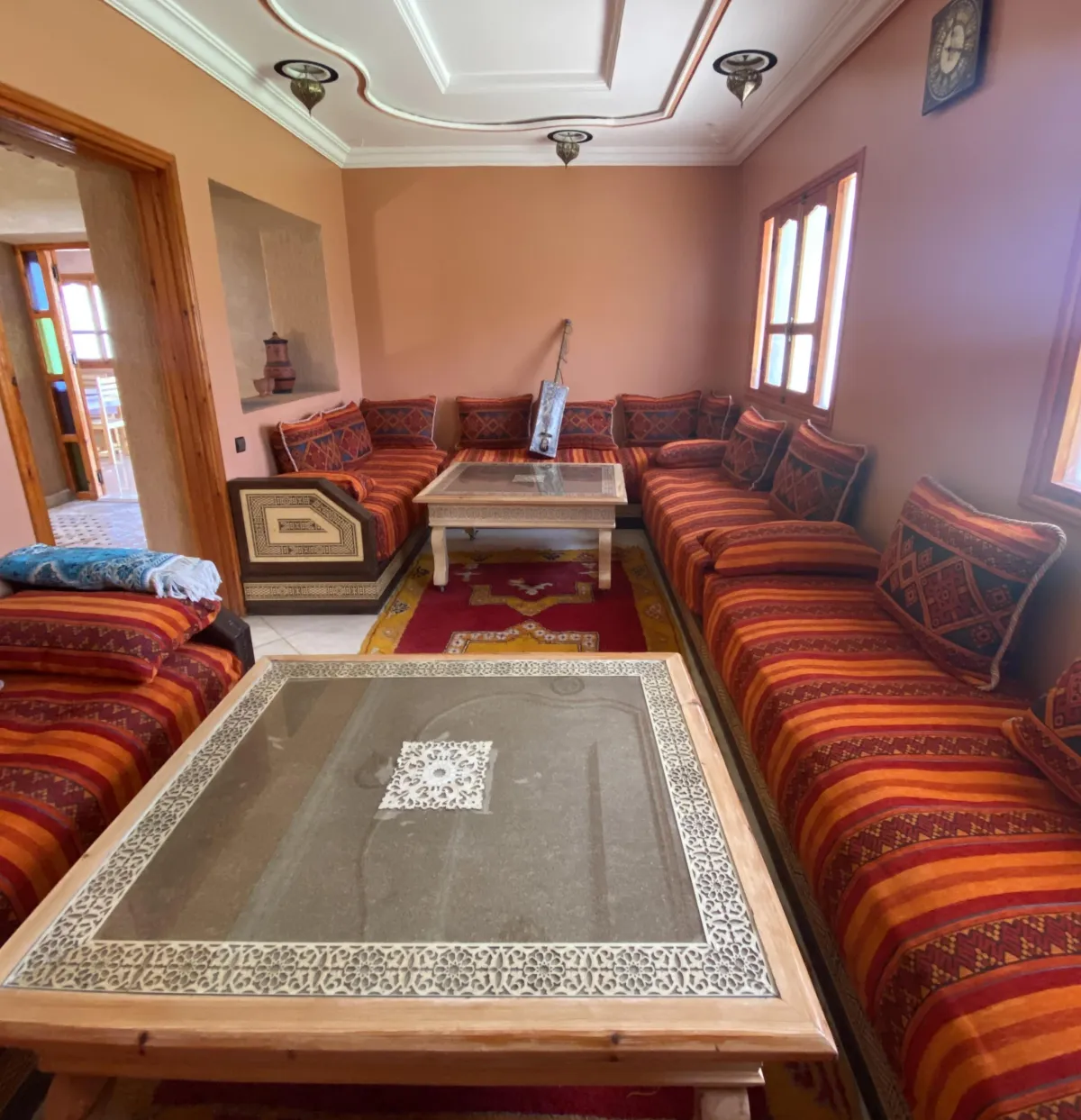

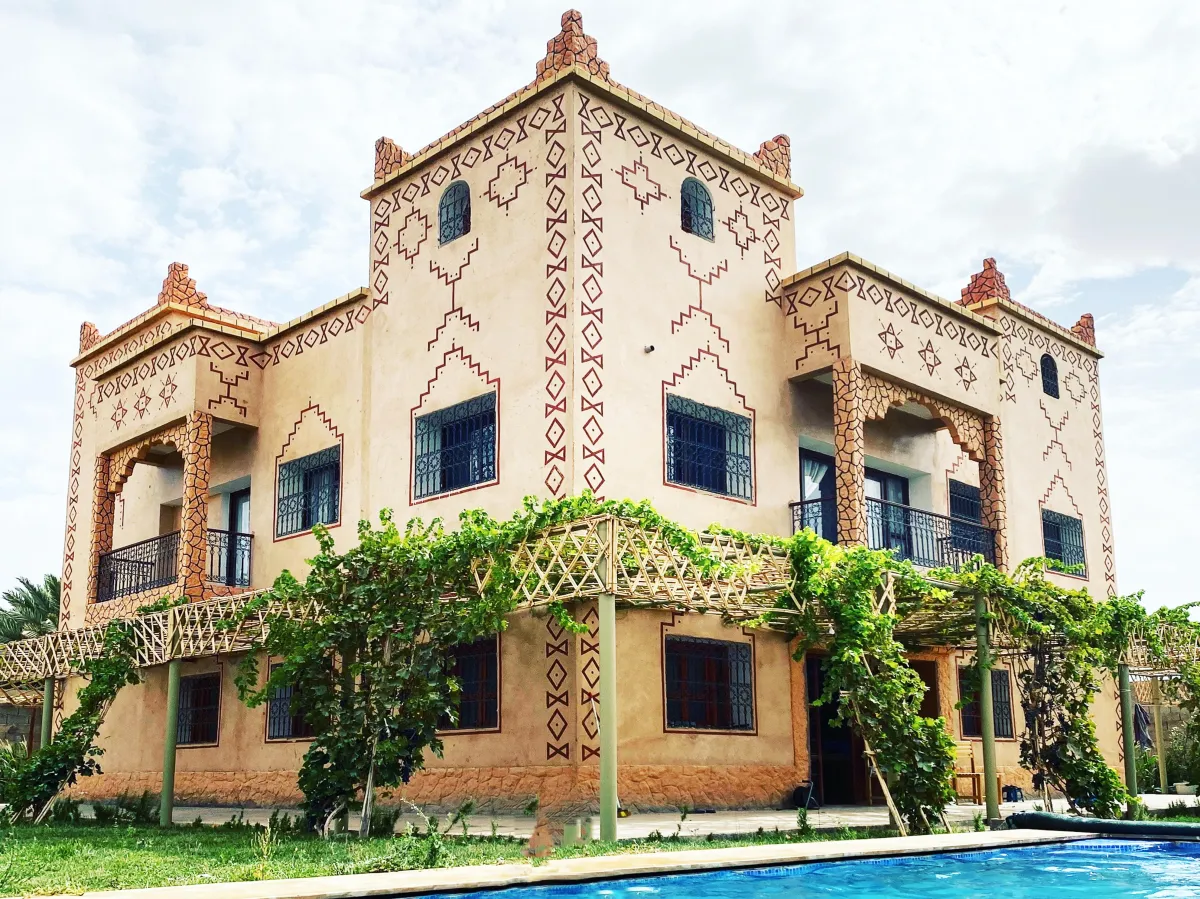
About Us
Roseville
Kasbah RoseVille is a captivating and opulent kasbah nestled in the heart of the picturesque Kalaat Magouna valleys. This magnificent kasbah is a true gem that exudes luxury, elegance, and charm in every corner, making it an unforgettable destination for discerning travelers seeking an authentic Moroccan experience.
Explore all of our Rooms
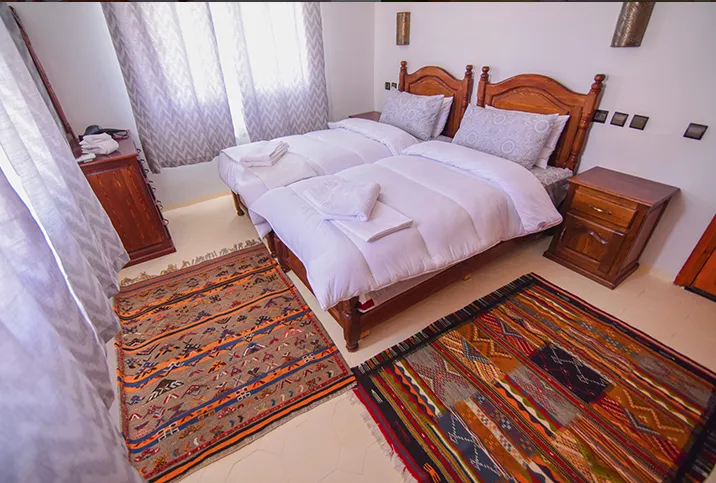
Arinas
Arinas, a reflection of nature's artistry, a soul intertwined with the rhythm of forests and rivers, embracing the essence of life's eternal cycle.
Starting at 50 $
Nelya
Nelya, Embodied in relentless spirit and a thirst for exploration, it signifies an unwavering pursuit of independence and a zest for life's adventures.
Starting at 50 $
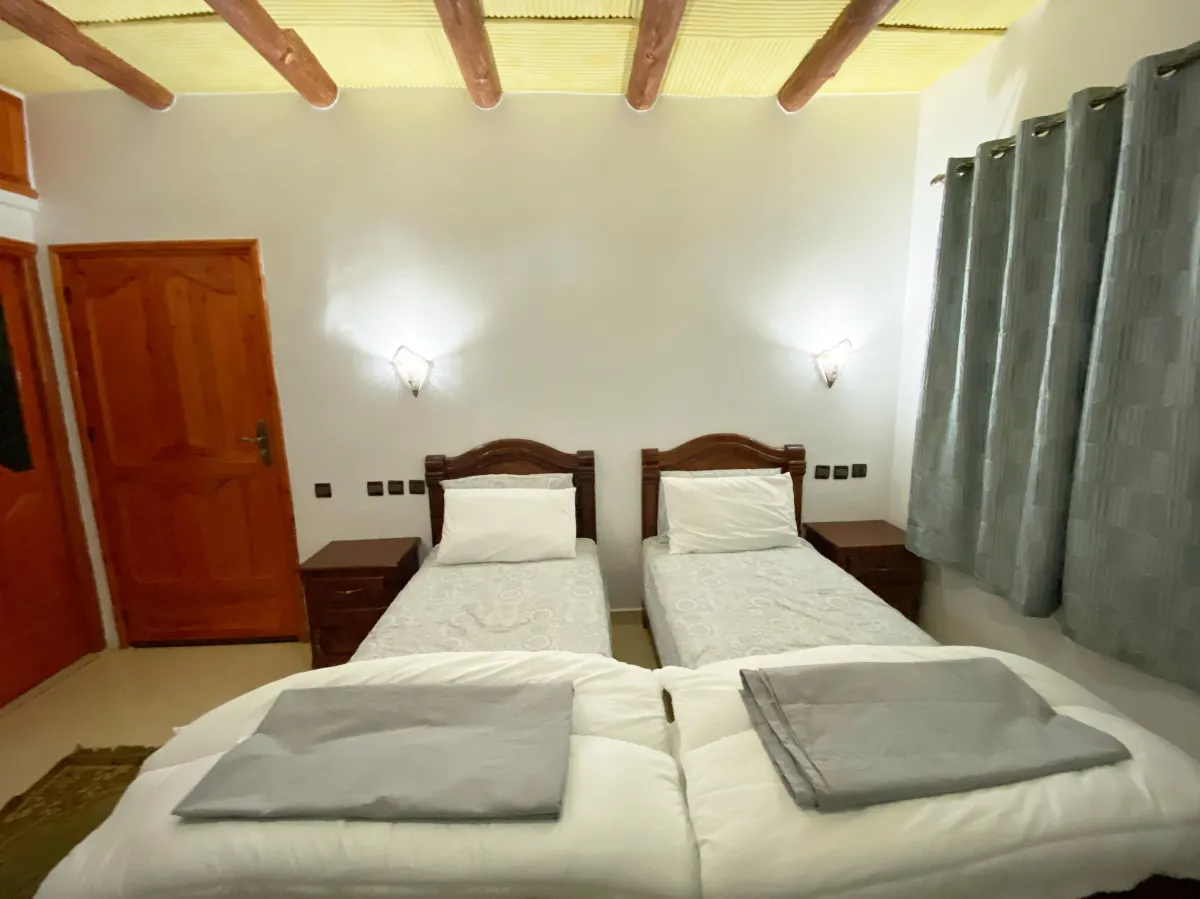
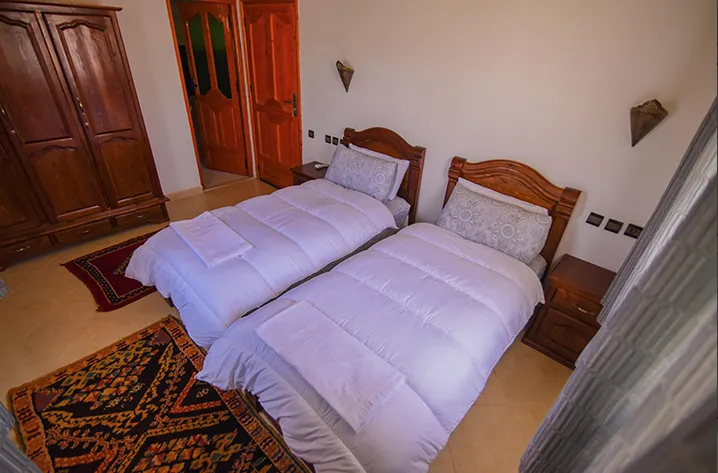
Tala
Tala, a radiant star guiding with inner strength, illuminating your path towards vast horizons, limitless possibilities and eternal love.
Starting at 50 $
Kahina
Kahina, a whisper of mystical wisdom, reveals the ancient strength that resonates through time, guiding our journey.
Starting at 60 $
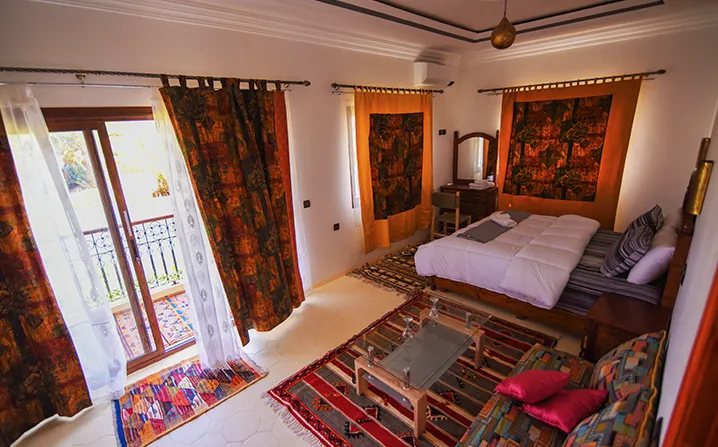
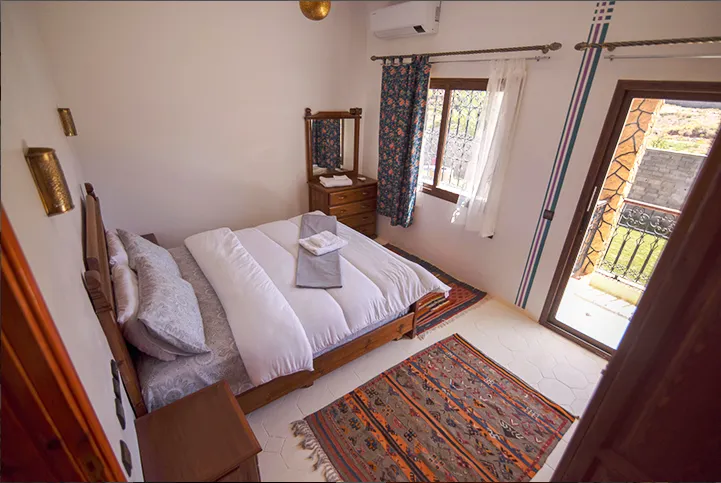
Celia
Celia, a whisper of celestial grace, serves as a reminder that even on Earth, one can radiate a heavenly light, heavenly interpretation.
Starting at 50 $
Explore all of our Rooms

Arinas
Arinas, a reflection of nature's artistry, a soul intertwined with the rhythm of forests and rivers, embracing the essence of life's eternal cycle.
Starting at 50 $
Nelya

Nelya, Embodied in relentless spirit and a thirst for exploration, it signifies an unwavering pursuit of independence and a zest for life's adventures.
Starting at 50 $

Tala
Tala, a radiant star guiding with inner strength, illuminating your path towards vast horizons, limitless possibilities and eternal love.
Starting at 50 $

Kahina
Kahina, a whisper of mystical wisdom, reveals the ancient strength that resonates through time, guiding our journey.
Starting at 60 $

Celia
Celia, a whisper of celestial grace, serves as a reminder that even on Earth, one can radiate a heavenly light, heavenly interpretation.
Starting at 50 $
Our Gallery




Make Your Stay Memorable

High Speed WiFi
Stay connected effortlessly with our complimentary high-speed Wi-Fi

Pick & Drop Facility
Enjoy the convenience of our reliable pick-and-drop facility

Smart TV
Relax and unwind with our state-of-the-art Smart TVs

Swimming Pool
Take a refreshing dip in our luxurious swimming pool

Breakfast Included
Start your day with a delicious and diverse breakfast

Moroccan Hamam
Unwind in our spacious bathrooms featuring a luxurious shower
FAQS
What is the check-in and check-out time at your bed and breakfast?
Check-in time at our bed and breakfast is at 3:00 PM, allowing our team to ensure that your room is prepared to the highest standard. Check-out time is at 11:00 AM, giving our housekeeping staff ample time to refresh rooms for incoming guests. If you require an early check-in or late check-out, please contact our front desk in advance, and we will do our best to accommodate your request based on availability.
Do you accommodate dietary restrictions and preferences for breakfast?
Yes, we take pride in catering to various dietary needs and preferences. Our breakfast menu includes options suitable for vegetarian, vegan, gluten-free, and other dietary requirements. Please inform us of your dietary restrictions when making your reservation or upon check-in, and our kitchen team will be delighted to prepare a delicious breakfast tailored to your needs.
Is parking available at your bed and breakfast?
We offer complimentary parking for our guests. Our on-site parking is secure and conveniently located, ensuring your peace of mind during your stay. Whether you're traveling by car or renting one during your visit, you can rest assured that your vehicle will be well taken care of while you enjoy your time with us.
